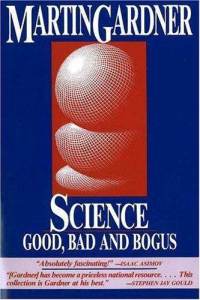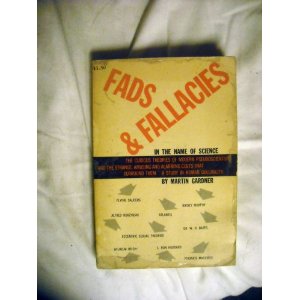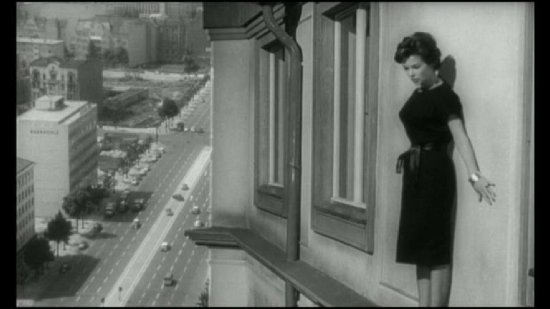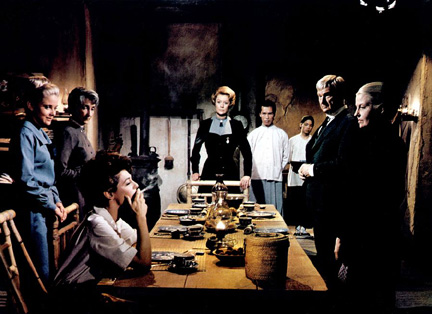From the Village Voice (June 1, 1982). — J.R.

SCIENCE: GOOD, BAD AND BOGUS by Martin Gardner. Prometheus, $18.95.
As an old fan of Fads and Fallcies in the name of Science, Martin Gardner’s classic ’50s “study in human gullibility,” I’ve been looking forward to a sequel for quite some time. This collection of 38 skeptical pieces about “pseudoscience” (from Uri Geller to UFOs, by way of ESP) and “eccentric fringes” (such as black holes, catastrophe theory, and talking apes) isn’t that sequel, but it’s the next best thing — an elegant paste-up of articles and book reviews Gardner has written over the past three decades.

Fads and Fallacies took up a veritable rogues’ gallery of cranks, bumblers, and hustlers through the ages — like Wilbur Gleen Voliva, who thought the earth was shaped like a pancake, or Colonel Dinshah Ghadiali, whose Spectro-Chrome Therapy prescribed colored lights and a proper diet for every ailment. Thanks to the warm amusement of the man who brought us The Annotated Alice, these characters were often imbued with a certain Gogolian density even as Gardner dispassionately tore their science to shreds. Faced with his less humorous contemporaries in Science: Good, Bad and Bogus, Gardner has to forgo much of this novelistic bent — an aesthetic loss, in some ways, but also a practical gain. Read more
From Film Comment, July-August 1982. — J.R.
Movies Plus One by William S. Pechter, 246 pp., index, Horizon Press, $14.95.
Ever since certain American film critics have taken to collecting their own reviews and/or commanding their own screenings, the solipsistic nature of their profession has tended to grow. It is a tendency that crosses cult boundaries, characterizing the Neros of the profession as well as the Babbitts, the scarlet empresses as well as the Sylvia Scarletts. In her celebrated and lengthy attack on Pauline Kael in the New York Review of Books two summers ago, Renata Adler indirectly broached this problem by singling out the distressing evidence of one very gifted intelligence having run amok — a charge largely made on stylistic and rhetorical grounds, and persuasively shaped around the assumption that what was really at stake was not movies at all, but prose and the relation between writers and readers. The greatest, lasting value of Adler’s remarkable piece was its illumination of this sticky problem as a general tendency — not its ostensible project of bringing the reader the head of Pauline Kael, which gave it all its publicity.
For a wider application of what Adler was talking about, one need only turn to Kael’s arch-rival Andrew Sarris — a critic so adroit at exposing his own solipsistic stances that he’s never needed an Adler to point them out. Read more
From the May 13, 1988 Chicago Reader. — J.R.

The notion of the “testament” — the final work of a major filmmaker — is an important one to film lovers. It can be traced back to the 60s, specifically to the French New Wave and the forging in this country of the concept of the film auteur, a time when these and related phenomena were altering the official canons of movie culture. Starting next Tuesday, May 17, the Film Center of the Art Institute will present a weekly series of testaments to run through the end of June.
A lot of the movies included in “Testaments: Final Films of the Great Directors” were getting their first releases back in those days. And almost invariably, they were dying at the box office and at the hands of most mainstream reviewers, while a team of passionate and informed enthusiasts were singing their praises. Bloody religious wars were waged over these movies; in most cases, they’re still being waged.


Fritz Lang’s The Thousand Eyes of Dr. Mabuse (1960), for example, and John Ford’s Seven Women (1966) are movies that separate the sheep from the goats as far as aficionados of their directors are concerned. Read more





